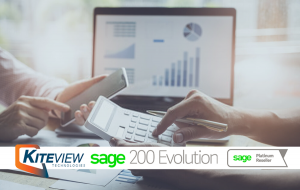Chasing invoice payments doesn’t have to be painful. Use this kit to answer a few questions about your customers so you understand their payment drivers, then read our advice on how to flex your style for each, calling techniques and much more.

How To Create Better Supply Chains And Achieve Global Success
Article credit: Sage
The success of a business is inextricably linked to the success of its supply chain. It’s the crucial process that starts with raw materials and finishes with the delivery of the final product.
Supply chains can range in size and complexity. With a product such as coffee, for example, it could involve steps including cultivation, production, processing, transportation and distribution.
Businesses needs to deliver services and goods as efficiently as possible to meet the requirements of demanding customers and their changing needs in the digital age.
Improvements in the supply chain can save a lot of money. For instance, airline manufacturer Boeing recently reached a deal with Mitsubishi Heavy to reduce the cost of producing wings for its 787 Dreamliner by “pursuing increased efficiency in its production system and supply chain through lean production methods, automation and other activities”.
According to a survey from Deloitte, 79% of companies with high-performing supply chains achieve revenue growth greater than the average.
Fundamentally, businesses compete through the capabilities of their supply chains. They determine how they plan, source, make and deliver goods. They also determine the cost and quality of a product, as well as the agility it has in responding to customer and market needs.
With digital, the global market is only getting bigger, which means competition is doing the same. In a 2016 report by GT Nexus, 40% of senior manufacturing executives reported that a supply chain disruption impacted their business in the 12 months previous.
Business leaders are exploring ways to get and stay ahead of the competition but there are also ways they are being challenged by a changing marketplace. For example:
- Customers are more digitally savvy, which means they have higher expectations when it comes to the availability of products, and the time between order and delivery.
- A global marketplace means more competition from around the world.
- Regulations in many industries are being tightened up.
- Technology such as sensors and analytics are increasingly available, allowing businesses to predict customer demand and distribute products more efficiently and effectively.
Successful supply chain management
To face up to these issues, business leaders and managers will want an effective supply chain management strategy that allows them to control the flow of goods and services across the company.
To help, we spoke to Dr Muddassir Ahmed, a supply chain management expert who has written extensively on the topic. He believes there are four key pillars to a successful supply chain management strategy, which can allow businesses to take charge of their supply chains, keep up with customer demand and increase profit.
Pillar 1: People
If you’re a business leader, you shouldn’t need in-depth technical knowledge to understand what’s happening at every level and area of the business. To make informed decisions and think strategically about the supply chain, you should count on experts hired for specialised analytical tasks.
Muddassir says: “If you work with a business analyst on your supply chain management strategy, you’re free to spend more time defining the roles and responsibilities of everyone in the company, maintaining their development plans and making informed decisions that drive profits up.”
What you need to do:
Spread out the responsibility! Get experts in to help make informed decisions at every level and area of the business.
Pillar 2: Systems
As well as expert analysis, businesses need the technology to plan, forecast and handle inventory alongside financial information related to the supply chain. As a business leader, you’ll need to evaluate what business software is most suitable for your needs.
For example, a small company could initially be fine with spreadsheets to handle accounting information, forecast and track inventory. However, as it grows, it will encounter critical business challenges – with such basic tools, it won’t be able to perform necessary actions such as gauge what stock is required, or predict future growth.
Nick Castellina, vice president and research group director for the Aberdeen Group, says: “If you have too much of a product and it goes unsold, that’s a cost to the business. Conversely, if you don’t have enough product, you’re missing out on business.”
If your company has expanded in size, and it’s a struggle to manage your supply chain, you should be asking these questions, with feedback from all relevant teams:
- What system or solution do we need to run the business?
- Can we make accurate forecasts about our supply chain and future growth?
- What are our business requirements today and in the future?
- What are the key business challenges we need to solve?
Options include dedicated accounting software, while larger businesses will typically migrate to ERP or enterprise management solutions, when it becomes apparent these challenges exist.
What you need to do:
Ask questions of your company. Understand your needs and demands, which will help you with picking the right systems that will allow you to work most effectively.
Pillar 3: Processes
Simply having the right technology isn’t enough when it comes to managing the supply chain. As a business leader, you’ll need to set plans in motion to analyse how your company operates, providing training for all the systems we’ve already mentioned. It’s key to keep up with customer demands and market changes.
With the support of technology and your analyst, you’re in a good position to examine your firm’s financial information and inventory data. Key questions you should ask include:
- What are the cost of your processes and how long should they take?
- How long does it take to send customers products?
- What is the overall productivity of your workforce?
“Look at how things are changing in the business and validate your gut feeling with real numbers,” says Nick. “The point could be to prioritise individual parts of the organisation you want to get more of.”
If you find that process prevents your supply chain from being efficient and effective as it should be, make sure you’re providing the right training for your teams on the front line.
What you need to do:
Look at your company processes. Make sure that employees are working in effective ways, and whether your supply chain is working as it should be.
Pillar 4: Execution
If your supply chain management strategy is working, then you’ll likely find customer satisfaction rates are up, supply chain costs are down, employees are using core systems and processes, and profits are being maximised across the whole business.
But this isn’t a quick fix – as a business leader, you’ll find that you’re spending much of your time working out how to achieve your key business objectives. You should also open yourself to the possibility you will fail – and learn from mistakes.
The key to good execution and the meeting of business goals is to make informed supply chain decisions based on accurate data. Inaccurate data may lead to assumptions that are simply wrong.
Nick says: “If you make supply chain decisions based on inaccurate information, about product costs or needs of the customer, for example, your decisions could reduce rather than grow the profits of the business. Make decisions based on data you trust and review results regularly.”
What you need to do:
Make informed supply chain decisions based on accurate data, and review the results of these decisions regularly.
The future of the supply chain
New technology is changing the way businesses manage their supply chains. The Internet of Things, for example, can allow enterprise managers to see and understand what’s happening on the factory floor in real time.
Muddassir says: “In the past, if I wanted to do a study in how long it takes for my warehouse people to pick stock, I would have needed to ask them to fill in a form which stated when they started to pick the product and when they stopped.
“Now you can find how long they take by using devices like internet-connected trackers, connected to an enterprise management or ERP system. This technology is becoming more useable and widely available.”
Supply chains can hold a large proportion of many company’s costs. An effective supply chain management strategy allows companies to respond to new market-growth opportunities and help them navigate economic uncertainty, financial volatility, the impact of globalisation and the constant pace of change.
Kiteview Technologies (Pty) Ltd was founded in May 2010 to provide the Sage Evolution Business Management solution to the SME market. The management team of Kiteview have combined +30 years of experience in the delivery of small to mid-market Financial & Business Management solutions. This experience, combined with a sound project implementation methodology has helped in Kiteview’s growth, becoming a Platinum status partner for SAGE Pastel within just 1 year.
Contact Us
For An Obligation Free Quote




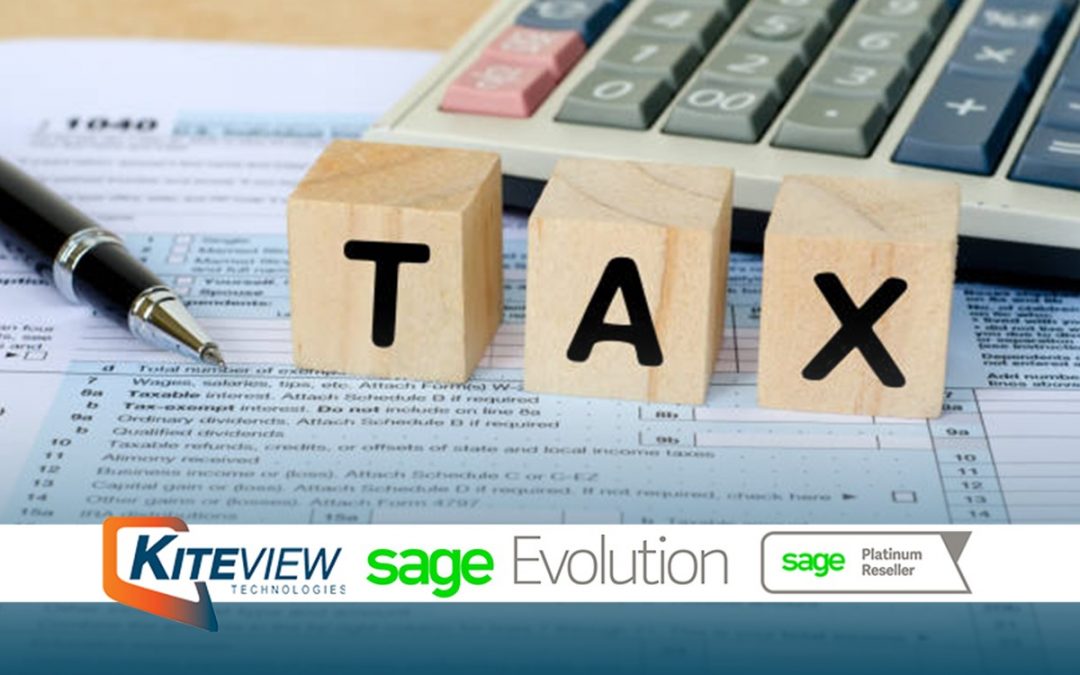


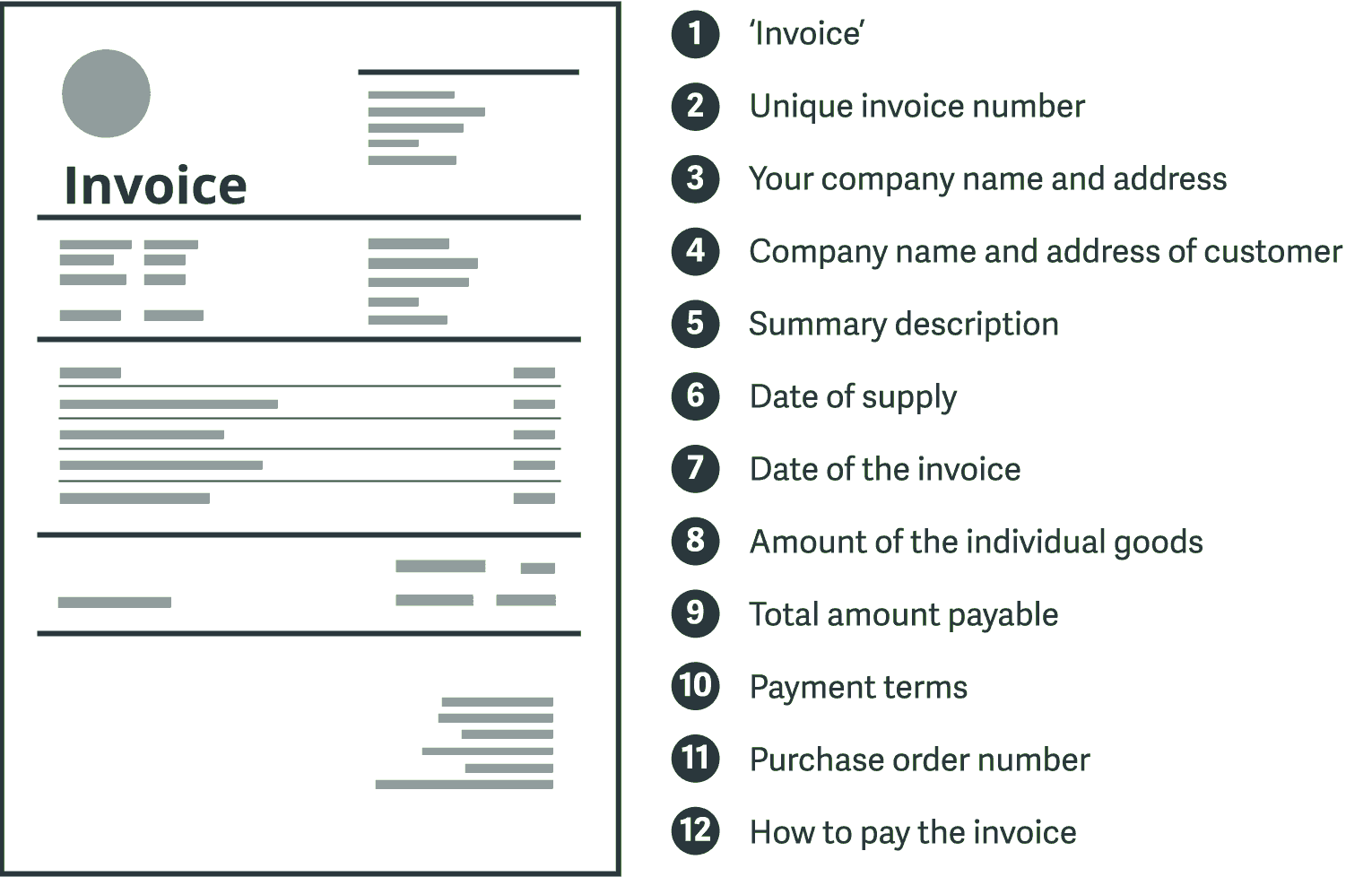
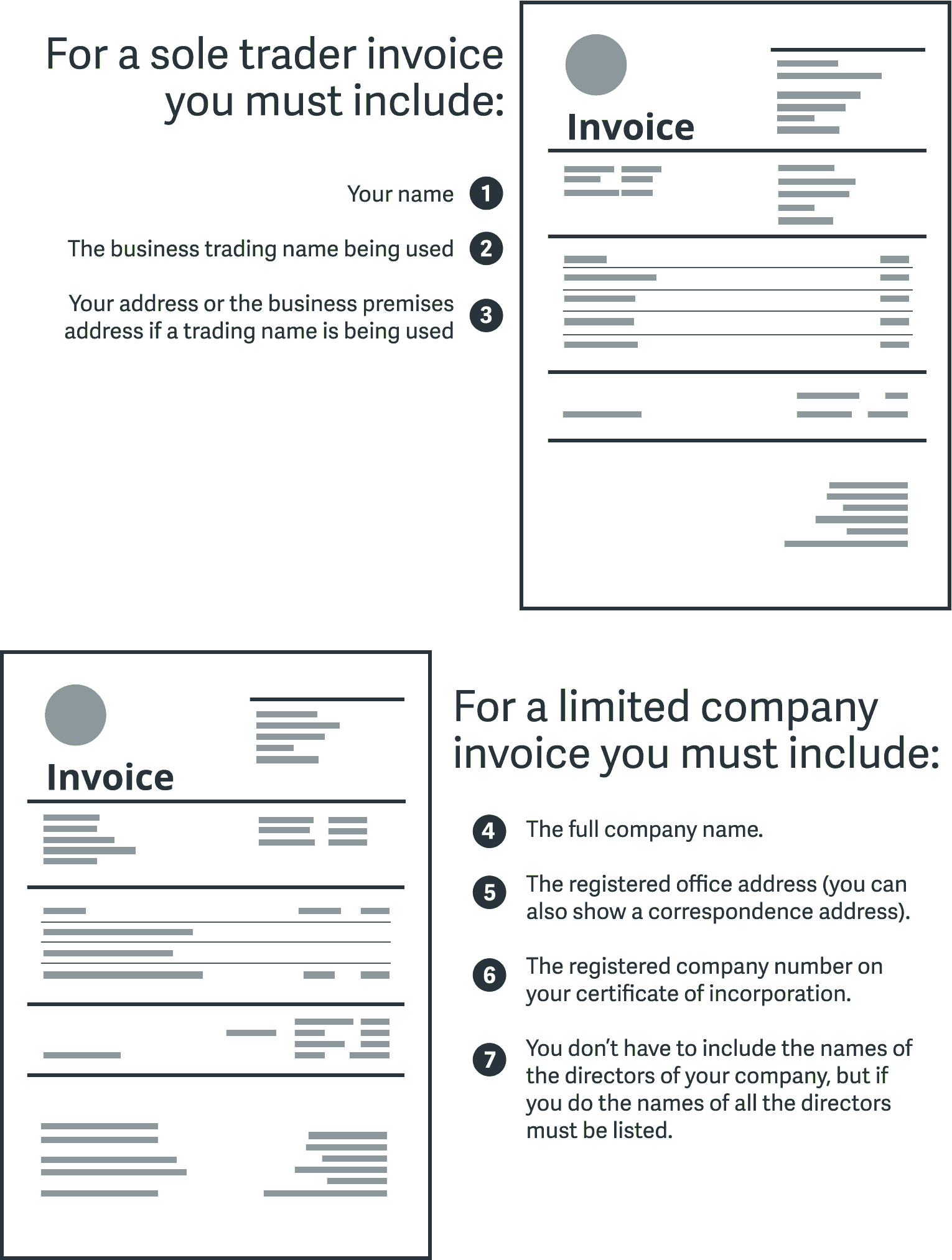
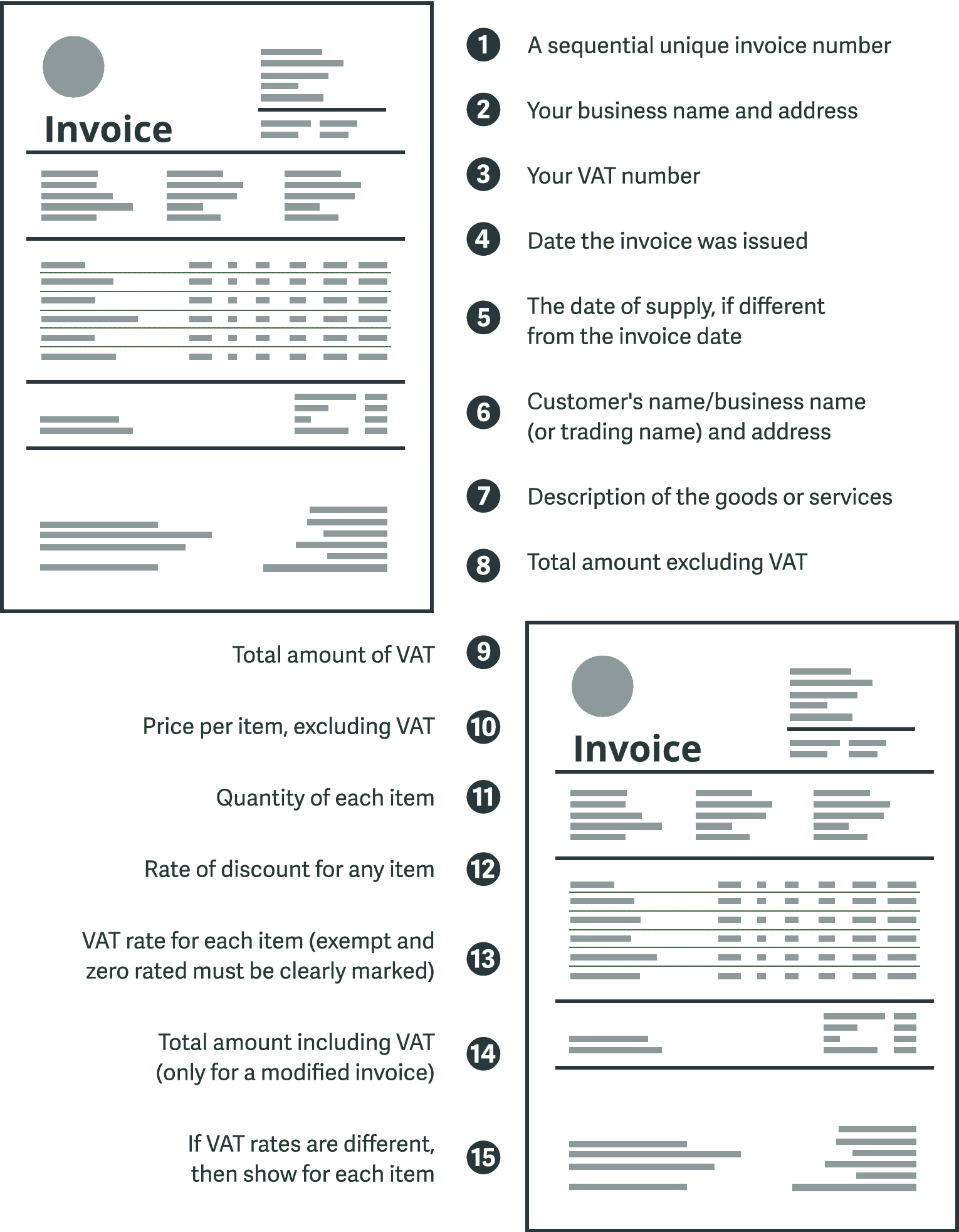
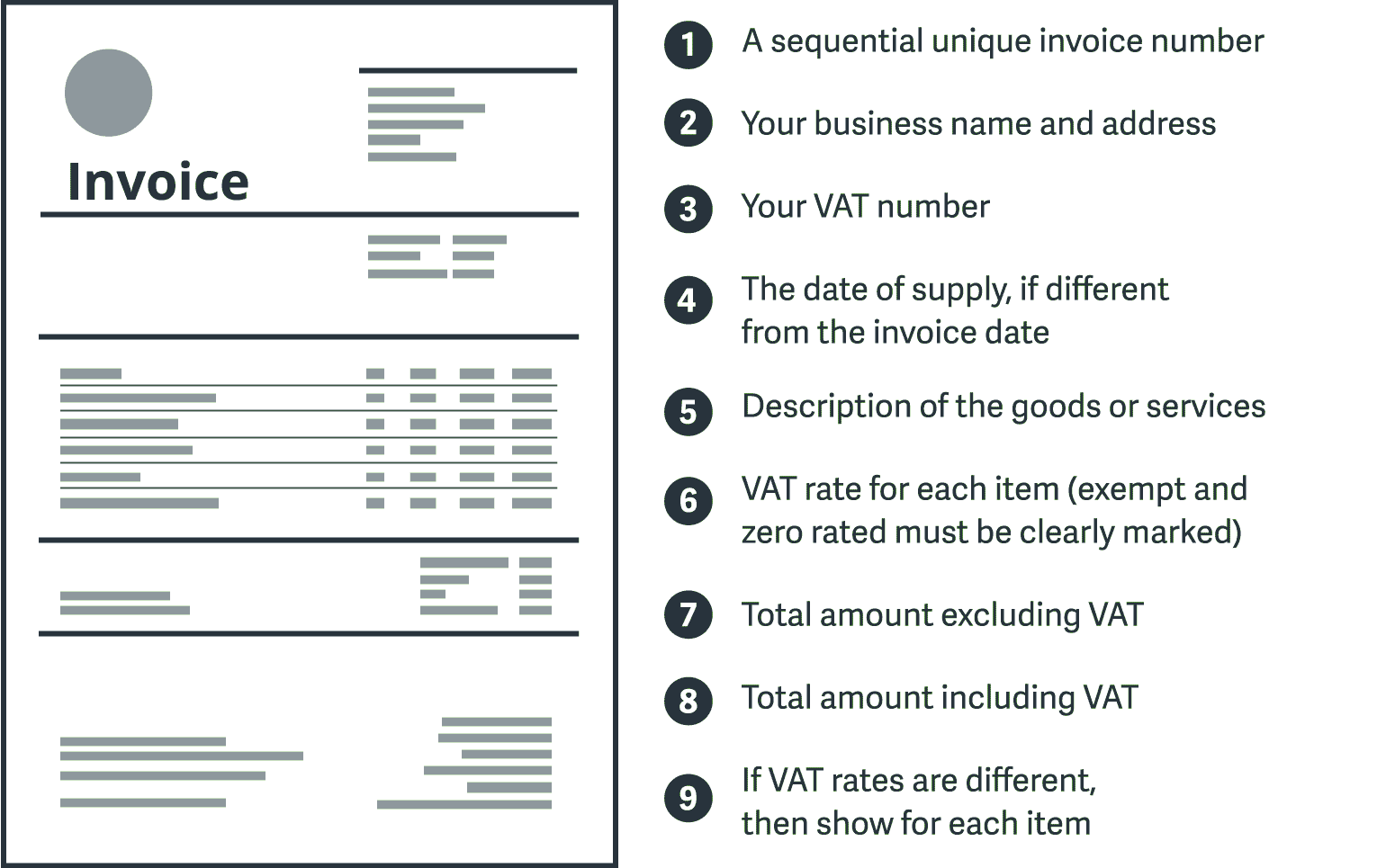


![Chart Your Journey To Business Success [Infographic]](https://kiteview.co.za/wp-content/uploads/2019/09/Chart-your-journey-to-business-success-300x190.jpg)
